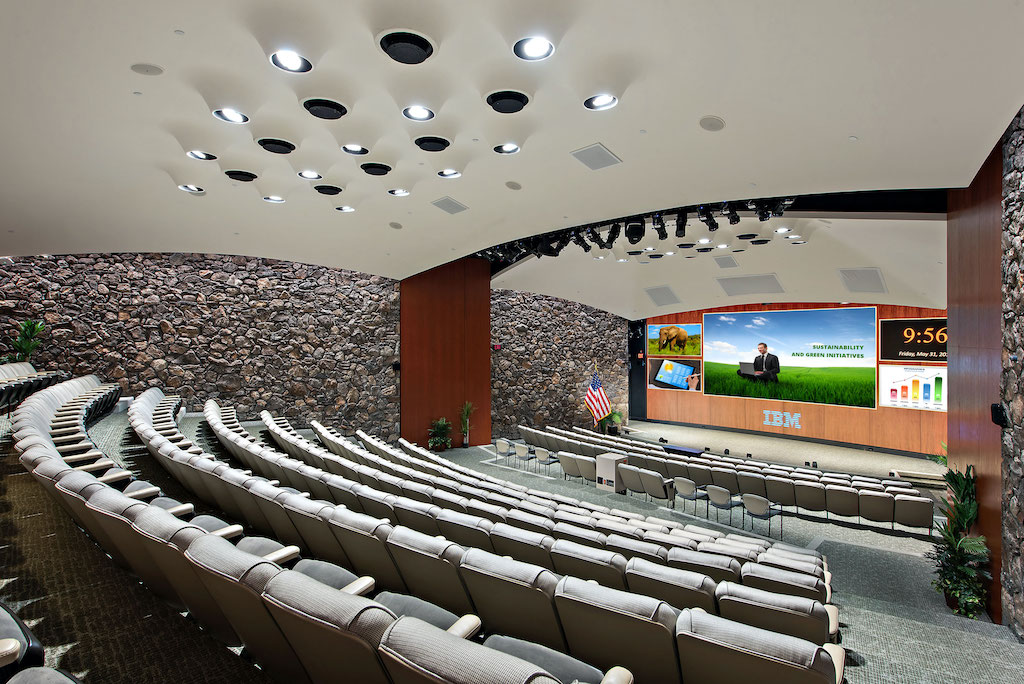To get a grasp on brightness-to-darkness ratios more effectively, it is beneficial to comprehend how they are calculated. The ratio is typically represented as two numbers, such as 1000:1. This means that the brightest white is 1,000 times brighter than the darkest black. Screens with high contrast ratios provide deeper blacks and brighter whites, which improves the overall visual experience. When viewing a film or engaging with a game title, for example, these variations can create a more engaging environment. Users can observe elements that may be unnoticeable in screens with lower contrast ratios.
Different types of screen systems, such as liquid crystal display, light-emitting diode, and OLED, have varying contrast ratios. OLED panels are recognized for their superior contrast because they can turn off individual pixels completely, resulting in true black levels. Conversely, conventional LCD screens may struggle to reach similar levels of darkness due to their illumination methods. It is essential for buyers to evaluate these differences when choosing a screen for their needs. Understanding how each technology manages contrast can greatly impact satisfaction with the device.
Moreover, the significance of contrast ratio extends beyond entertainment; it also influences efficiency in work environments. For tasks demanding precise visual analysis, such as visual design or photo editing, having a display with check out the post right here a superior contrast ratio allows for greater precision and definition. This ensures designers can see fine details in their artwork or photographs without discomfort. In learning settings, students benefit from enhanced displays that make learning materials more engaging and easier to comprehend.

To sum up, improving image quality through grasping contrast levels is essential for individuals using screen technology. A higher contrast ratio results in better image quality by delivering deeper colors and more clarity in images. As technology advances, users should stay aware about these specifications to make choices that best suit their preferences and needs. Whether for leisure or productivity, being informed about contrast ratios maximizes satisfaction you can try here and efficiency in using screen technology.